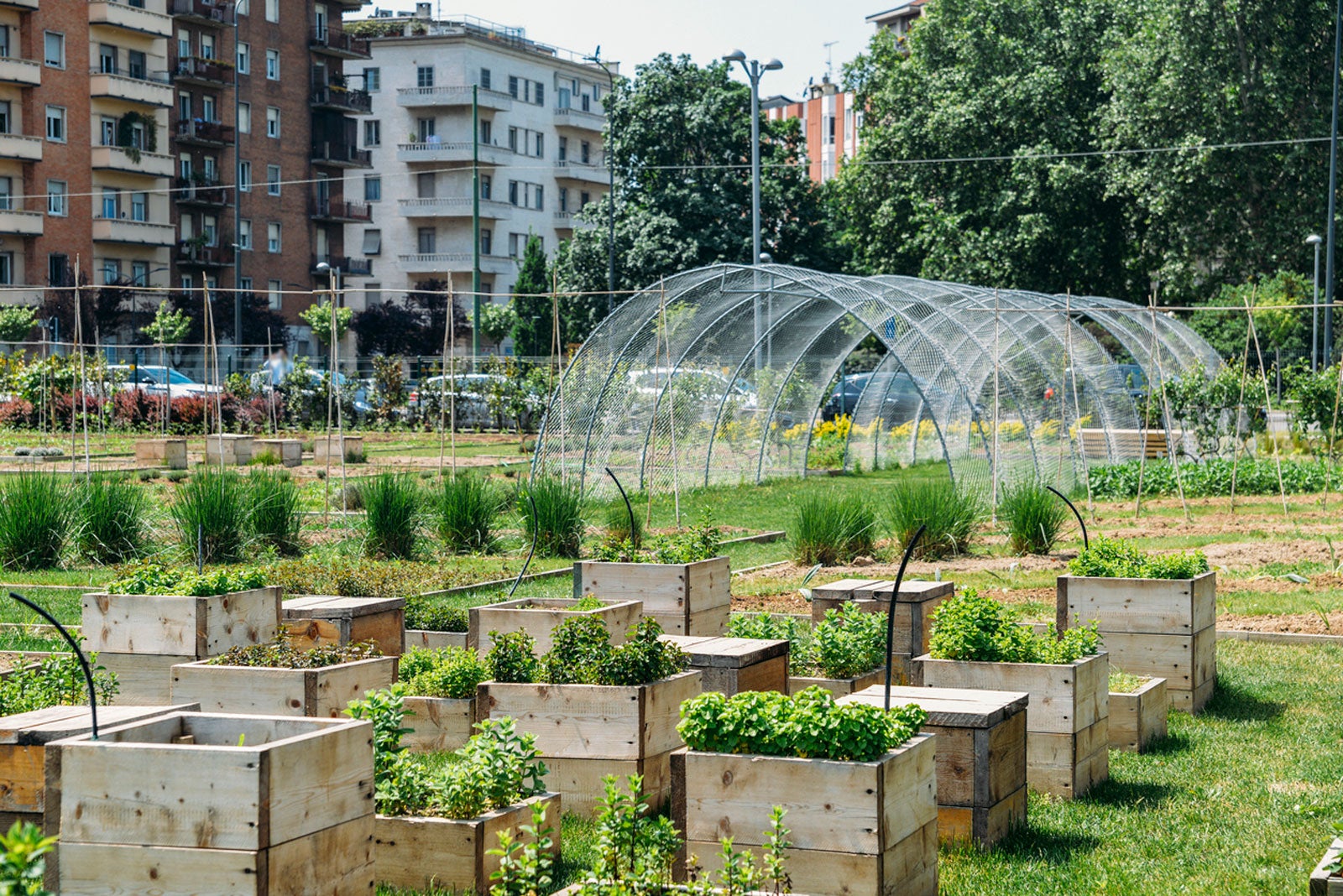All About City Blooming
All About City Blooming
Blog Article
7 Easy Facts About City Blooming Shown
Table of ContentsGetting My City Blooming To WorkCity Blooming for BeginnersLittle Known Questions About City Blooming.The Definitive Guide to City BloomingFascination About City Blooming
Fascinated in expanding food for sale in the City of Chicago? Below is a checklist of often asked questions concerning the rules and policies that farmers should think about when planning an urban farming job.
The zoning change does not change any other codes managing composting, structure licenses, purchasing or renting City possessed residential property, company licenses or environmental contamination. There are existing codes that regulate these issues and they remain completely effect and might apply to your task. Area yards are commonly owned or managed by public entities, civic companies or community-based companies and preserved by volunteers.
Urban ranches expand food that is meant to be sold, either on a not-for-profit or for-profit basis. Due to their commercial objective, metropolitan farms need a company license.
City Blooming - The Facts
The quantity of garden compost material can not exceed 25 cubic yards at any kind of offered time according to the standards in 7-28-715 of the City's Municipal Code. Since the dirt at the majority of new garden sites requires amending, garden compost, soil, timber chips, or various other materials can be obtained to construct or improve the growing area.

If a structure permit is called for then the hoophouse will certainly be considered an accessory structure. You can discover out more regarding the building license demands by speaking to the Division of Structures. The 25,000-square-foot size restriction is intended to stop a solitary neighborhood yard from controling an offered block or diminishing the block's existing property or business personality.
The restriction does not use to gardens located in Public Open Room (POS) districts. Can there be more than one community yard that is 25,000 square feet on a single block? Yes. The dimension limit uses to individual gardens, not to specific blocks. No. Fencing is not needed, nonetheless, gardens that have huge car parking areas might be called for to set up fencing or various other landscaping attributes.
7 Simple Techniques For City Blooming
B1 & B2 areas need that all commercial use tasks be conducted inside. Is fence needed for city ranches? Fencings may be required, along with landscape design and screening, for specific auto parking locations and outdoor work or storage space locations depending on area and the certain task taking place.
Yes. Urban ranches call for structure permits and zoning authorizations prior to construction. Various other forms of city review might be called for depending on particular structures, activities, dimension, landscape design, licensing, public heath and stormwater management issues. Most of these requirements are recognized in the job style or permitting procedure, however, the candidate might be accountable to independently recognize particular licenses or permits that might be called for.
Yes. The sort of license is determined by what is taking place at the site. The Division of Business Matters and Customer Protection can aid identify the details type of organization permit that's called for. Yes. Off street vehicle parking is required for many commercial jobs in Chicago. The called for variety of garage is based upon the variety of employees functioning on site and not the square video footage of the growing area.
City Blooming Things To Know Before You Get This

Yes. A city farm can offer compost material generated on site, nonetheless, the operation needs to follow the policies in 7-28-715 of the Chicago Municipal Code. Yes. Aquaponic systems are allowed indoors on metropolitan farms in several zoning districts. However, a zoning review and structure permit is called for in order to mount frameworks or systems and a company certificate is needed as described over.
Up to 5 hives or colonies of honey may be maintained as an accessory use. Beekeepers need discover this info here to sign up with the Illinois Department of Agriculture. To learn more regarding the proposed zoning change you might speak to the Department of Real Estate and Economic Advancement, Bureau of Planning and Zoning at 312.744.8563.
Farming in cities and urban locations A city ranch in Chicago. Urban farming refers to numerous practices of cultivating. https://us.enrollbusiness.com/BusinessProfile/6739712/City%20Blooming#google_vignette, handling, and distributing food in metropolitan locations. The term likewise puts on the location activities of animal husbandry, aquaculture, beekeeping, and cultivation in an urban context. Urban farming is differentiated from peri-urban agriculture, which takes place in backwoods at the edge of suburban areas.
The Buzz on City Blooming
, who seek to develop social networks established on a common ethos of nature and neighborhood holism. These networks can create by way of official institutional assistance, ending up being incorporated right into neighborhood community planning as a "shift community" motion for lasting metropolitan growth.
The much more direct access to fresh veggie, fruit, and meat products that might be realised via urban farming can improve food security and food safety while decreasing food miles, resulting in lower greenhouse gas exhausts, consequently adding to environment modification mitigation. Some of the first evidence of city farming originates from Mesopotamia.
Report this page